Ranthambore Fort
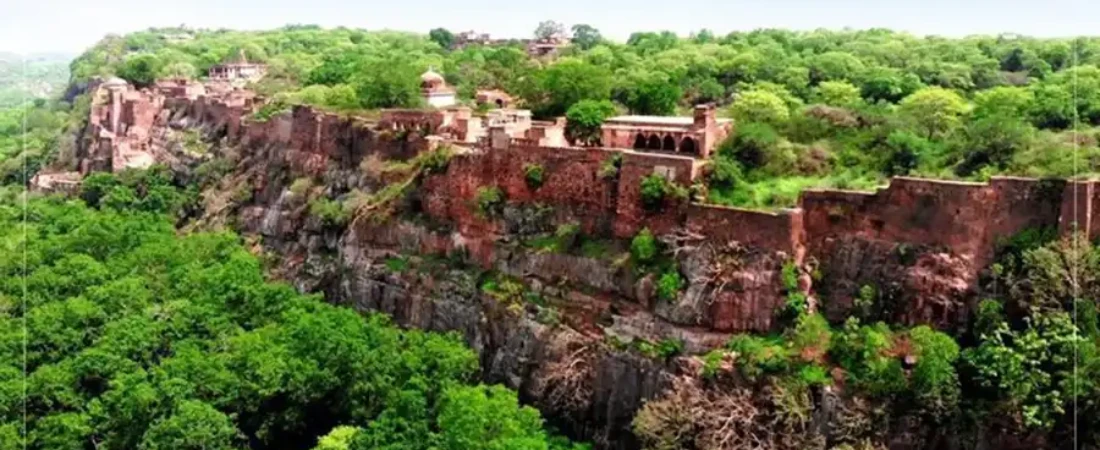
Ranthambore Fort, nestled deep within the wilderness of Rajasthan’s Ranthambore National Park, is a monument of power, mystery, and natural beauty. Located in Sawai Madhopur, this massive structure is a UNESCO World Heritage Site under the category of “Hill Forts of Rajasthan” and is known for its unique setting inside a tiger reserve. While many come to Ranthambore hoping to spot a majestic tiger, few realize that this ancient fort offers a completely different kind of adventure—one that transports you into the past. Built on a rocky plateau, the fort towers above the landscape and offers panoramic views of the national park’s forests and lakes. Ranthambore Fort isn't just a place for history lovers; it’s a destination where nature and heritage coexist. It gives visitors a rare opportunity to walk through centuries-old gates, climb weathered stone steps, visit active temples, and see wild animals in the distance—all in a single visit.
A Glorious Past
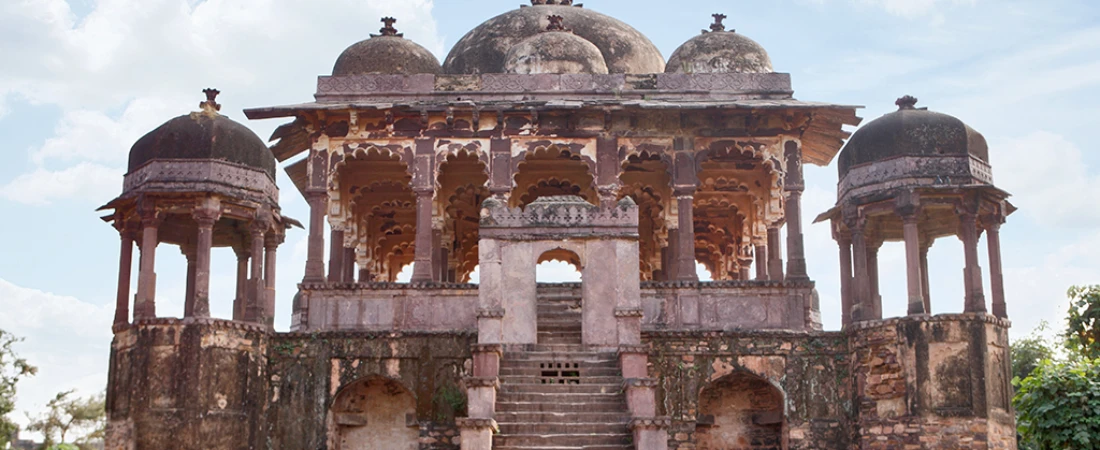
The history of Ranthambore Fort stretches over a thousand years and is rooted in the bravery of Rajput rulers. Constructed around the 10th century by the Chauhan dynasty, the fort became a key stronghold in northern India. It was a place of royal defense, designed to control the surrounding trade routes and to resist invasions. The most legendary event tied to the fort is the siege by Alauddin Khilji in 1301. King Hammir Dev Chauhan, the ruler at the time, fiercely resisted Khilji’s attacks. Although the fort eventually fell, Hammir’s name became immortalized in Rajput history as a symbol of defiance and loyalty to the motherland. After changing hands many times, the fort later came under Mughal control and then the rulers of Jaipur. Over centuries, it evolved from a military base to a spiritual and cultural site. Today, this rich heritage can still be felt in the fort’s ruins, legends, and local rituals that continue to be part of life inside its walls.
Stunning Architecture
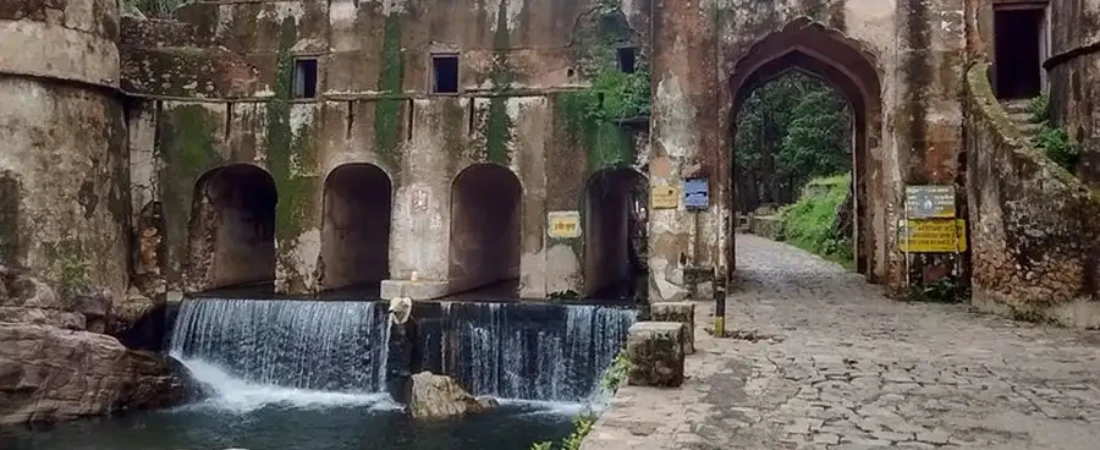
The architecture of Ranthambore Fort is a testament to the skills of ancient Rajput builders. Covering nearly 7 kilometers, the structure includes enormous stone walls, carved pillars, domed temples, underground passages, and broad courtyards. Unlike modern historical attractions, this fort doesn’t feel overly restored. It has retained its weathered, natural character that adds to its charm. Seven impressive gateways mark the entrances to different parts of the fort, such as Hathi Pol and Navlakha Pol, each telling its own story. Inside, you’ll find the famous Trinetra Ganesh Temple, which attracts thousands of devotees every year. This temple is unique because it depicts Lord Ganesha with his full family, including his wives Riddhi and Siddhi. There are also two ancient Jain temples with fine stone carvings and religious icons. Royal quarters, granaries, watchtowers, and bathing tanks also dot the complex. From the top, the fort offers sweeping views of the jungle, rivers, and lakes that stretch for miles, merging history with breathtaking natural beauty.
Fort Inside the Wild
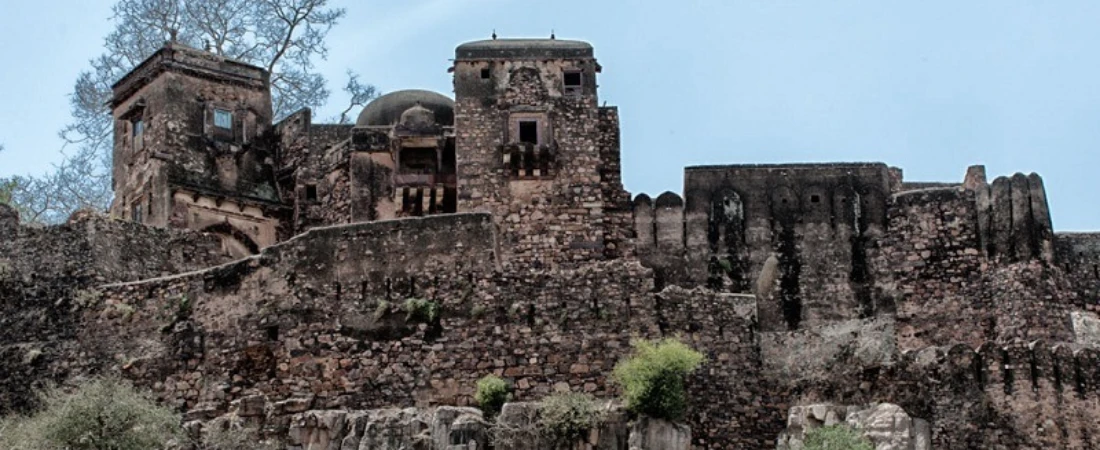
What makes Ranthambore Fort truly remarkable is that it is located within the Ranthambore National Park. This makes it one of the rare historical monuments in the world that coexists with a wildlife reserve. While walking up the fort, it is not uncommon to see monkeys, peacocks, or deer wandering freely along the trail. The fort overlooks key areas of the park such as Padam Talao and Rajbagh Lake, where crocodiles, sambar deer, and even tigers can often be seen near the water. Visitors who climb to the top are rewarded with panoramic views of the national park’s green canopy, winding trails, and calm waters. This close connection between ancient architecture and untamed nature makes the experience deeply immersive. It's also a reason why the fort is favored not only by tourists but by photographers, filmmakers, and wildlife enthusiasts from all over the world. It’s more than sightseeing—it’s being part of something truly wild and timeless at once.
Best Time to Visit
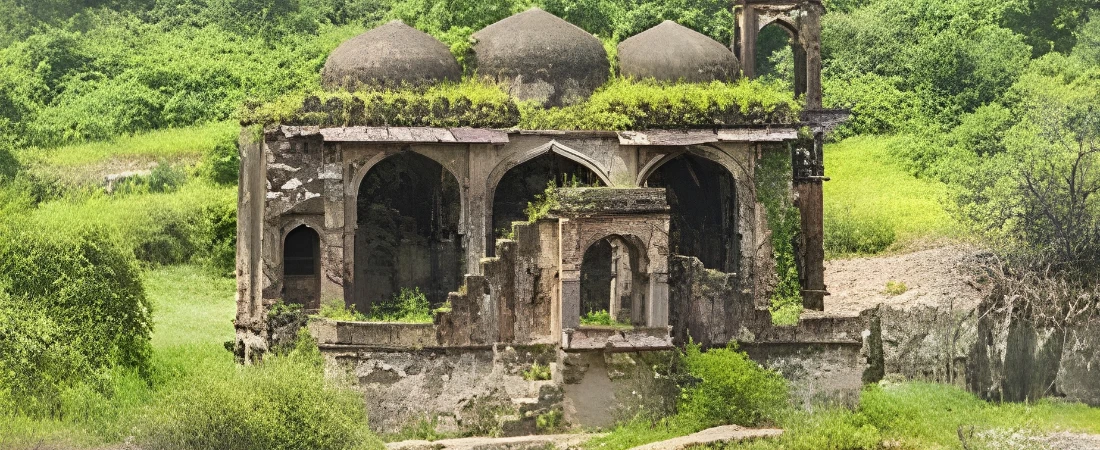
The most suitable time to visit Ranthambore Fort in Sawai Madhopur is between October and March. During these months, the climate is cooler and ideal for walking up the fort’s steep paths and exploring its wide areas. The winter mornings are crisp, the skies clear, and the views from the fort are at their best. Wildlife sightings in the surrounding park also increase, adding excitement to the journey. The summer months (April to June) can be extremely hot, making the uphill climb to the fort exhausting, although wildlife sightings near water sources are frequent. The monsoon season brings fresh greenery to the fort, creating a surreal landscape, but much of the park is closed during this time due to conservation rules. Regardless of the season, it’s best to visit early in the morning or late in the afternoon when the light is soft and the temperatures are more comfortable. These times also offer beautiful golden lighting for photography lovers.
What You’ll Experience
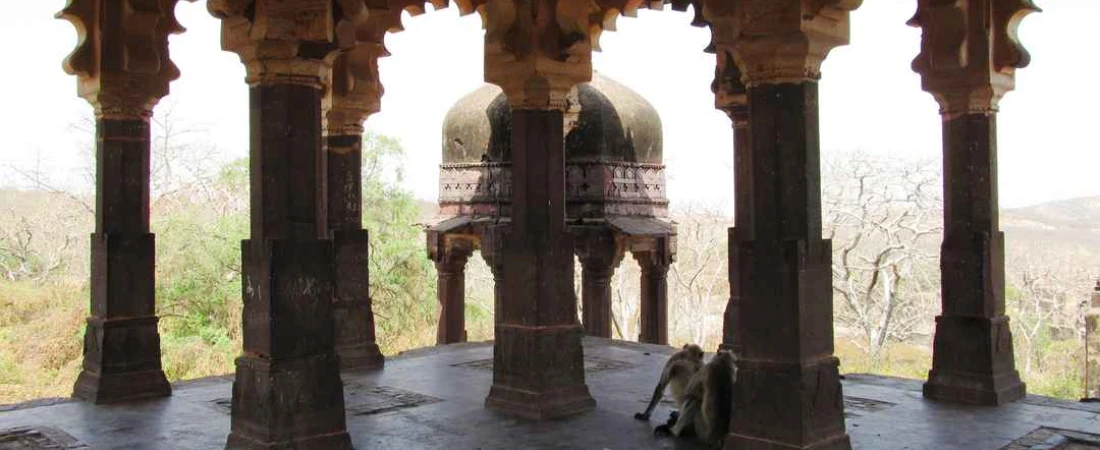
Visiting Ranthambore Fort is a journey that blends physical exploration with emotional depth. As you walk through the towering gates and climb the age-old stone steps, every corner of the fort reveals a new perspective—be it a quiet temple courtyard, a hidden stairwell, or a majestic view over the tiger reserve below. You’ll pass pilgrims bringing sweets to the Trinetra Ganesh Temple, photographers waiting for the perfect golden-hour shot, and monkeys playfully following visitors around. The quiet of the old stone walls contrasts beautifully with the wild sounds from the jungle—birds calling, rustling leaves, distant roars. There's a deep sense of being connected to something much older than yourself. You’re not just a tourist here; you’re part of a living history that still breathes through the ruins, the rituals, and the land. The experience is peaceful, awe-inspiring, and unforgettable, making Ranthambore Fort more than just another stop on a Rajasthan itinerary.
Final Thoughts
Ranthambore Fort in Sawai Madhopur is a rare jewel where the soul of Rajasthan’s royal history meets the pulse of the wild. It’s a place where kings once ruled, where battles were fought, and where faith continues to thrive. Set inside the breathtaking Ranthambore National Park, this fort invites you to step back in time while keeping your eyes open for the wonders of the natural world. Whether you’re an adventurer, a history lover, a wildlife enthusiast, or a spiritual seeker, this place speaks to all. It’s not just about what you see—it’s about what you feel. And what you feel here is the magic of time, nature, and legacy blending into one. If you’re ever in Rajasthan, do not miss the chance to visit Ranthambore Fort, Sawai Madhopur. You won’t just walk through history—you’ll live it.


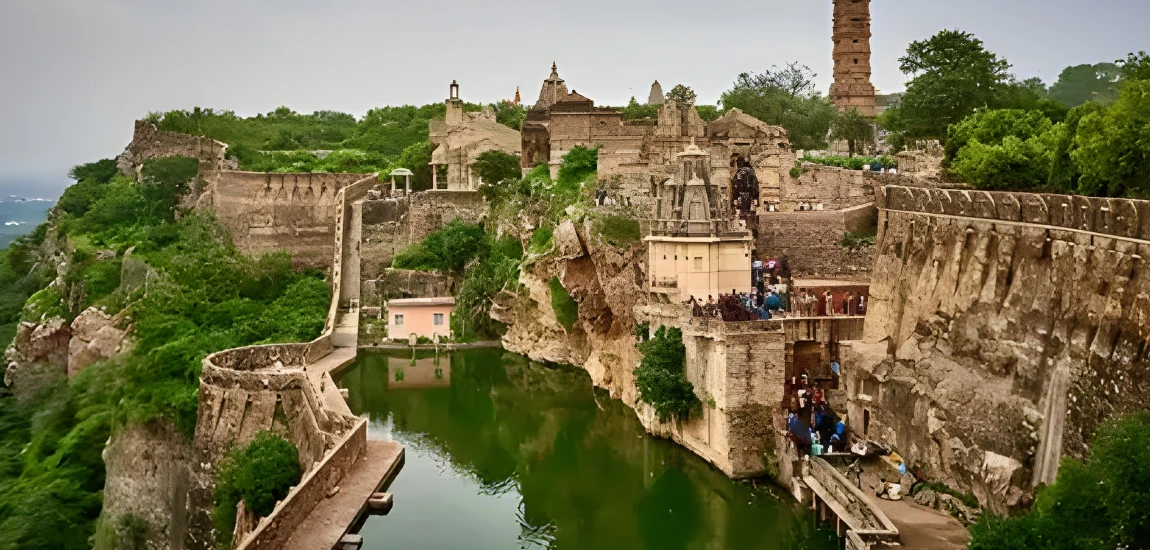
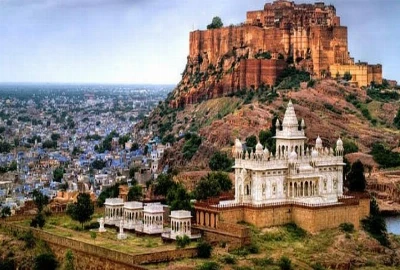
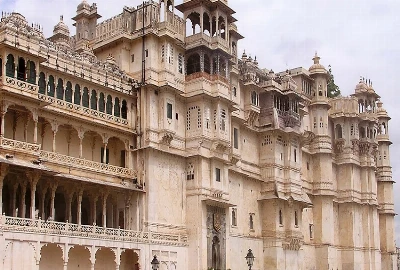


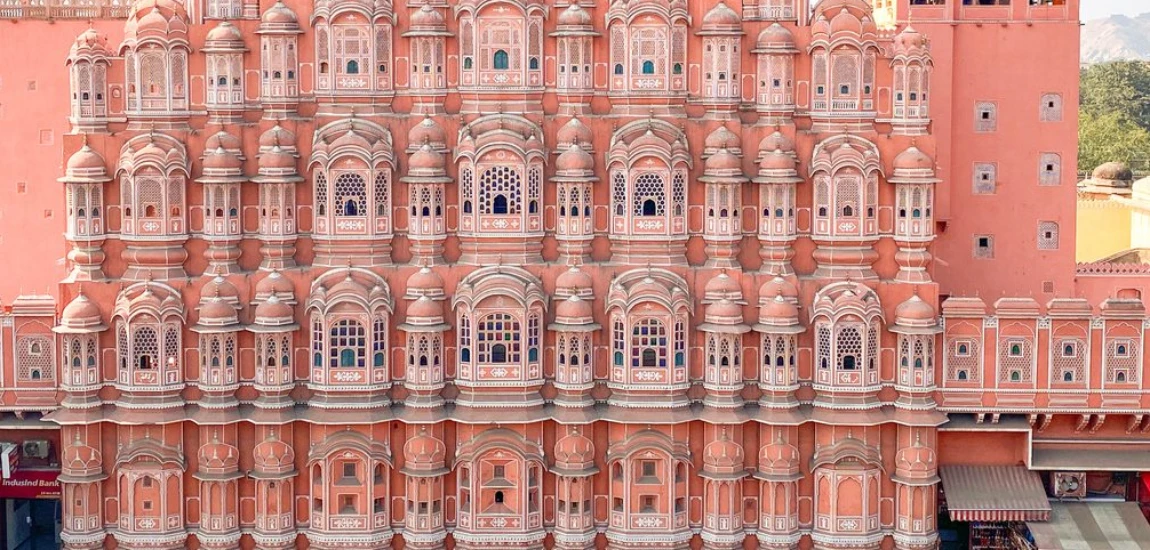
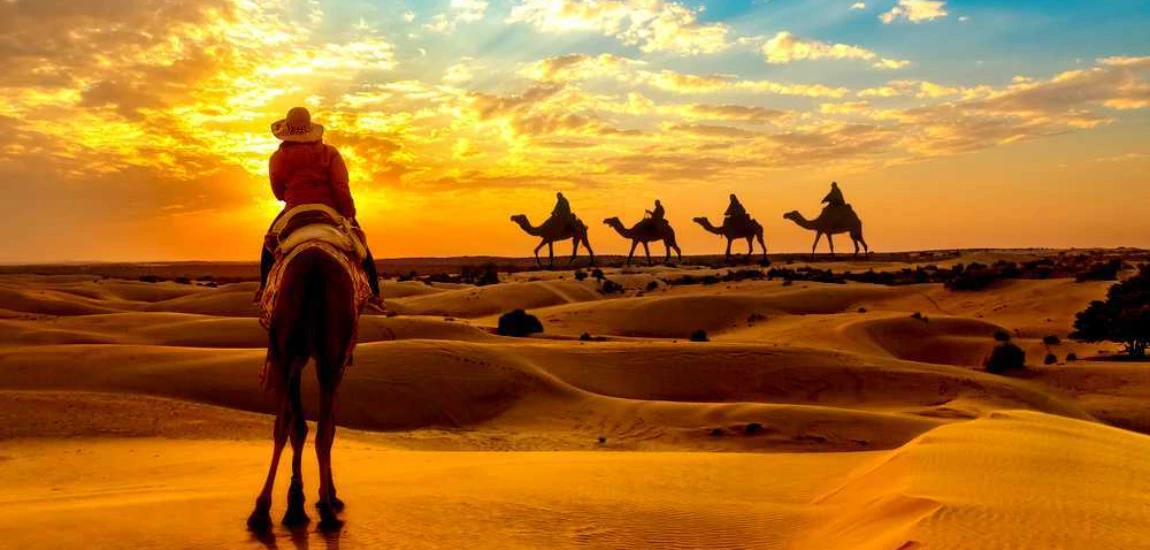
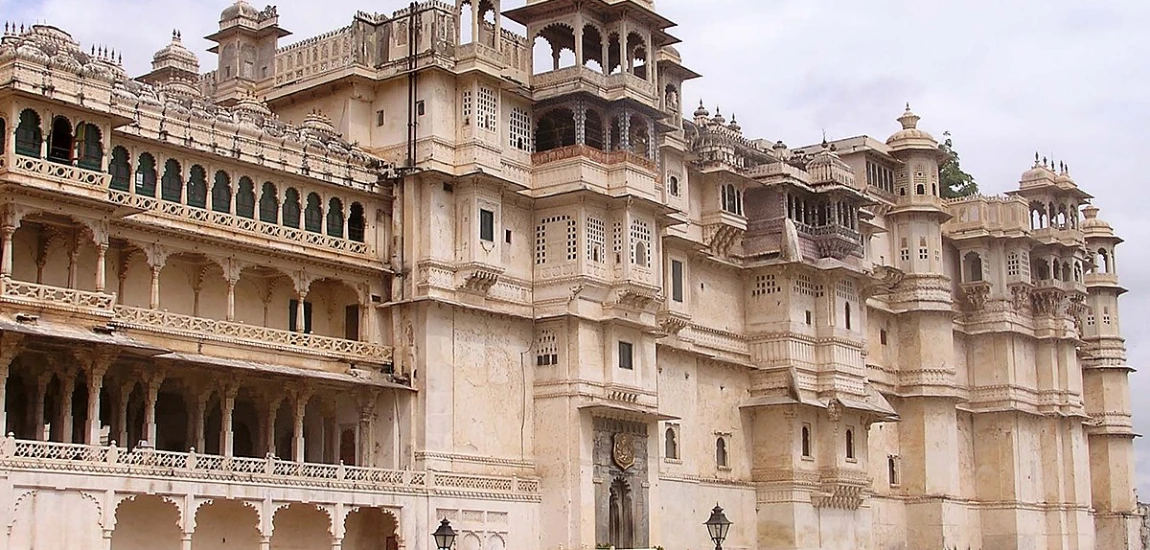
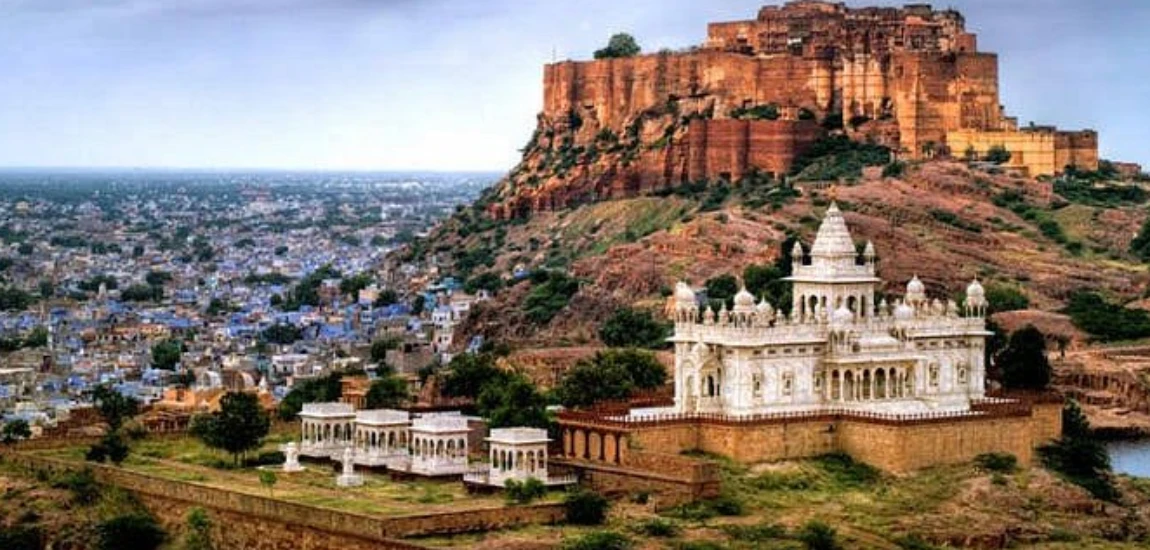
Leave a comment